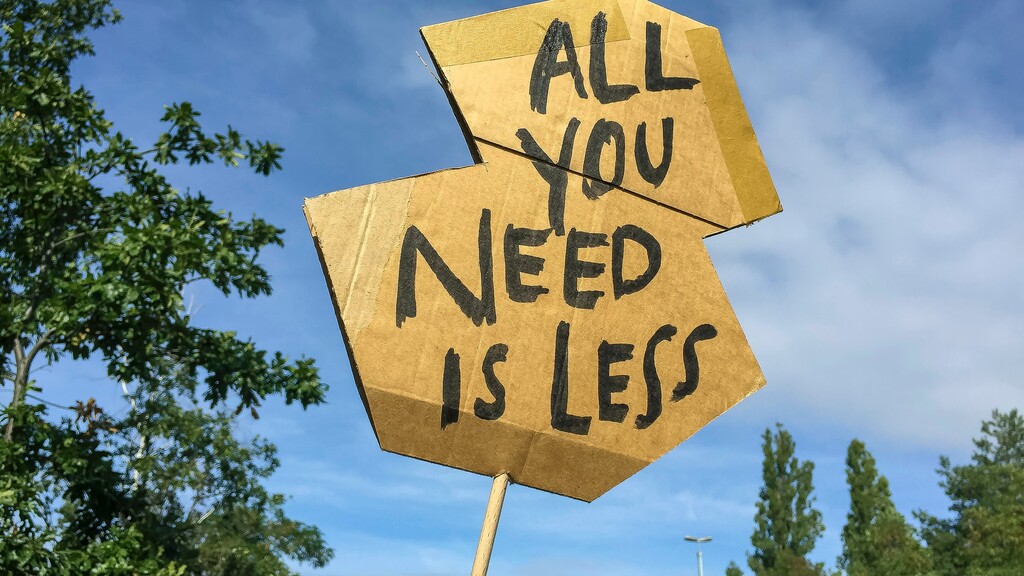

Nutrition can often be the easiest way to reduce CO2 emissions, as even everyday decisions can lead to changes: The fast food decision at the train station between two trains or the way to the supermarket. Almost 1,740 kg of CO2e is caused annually by the food consumed by a single resident of Germany. In addition to the actual consumption, this also includes transport and delivery distances of the products. This text mainly talks about CO2, but in scientifically correct terms we are talking about CO2 equivalents, the so-called CO2e.
Avoiding convenience foods
Long production and transport routes rarely serve to save CO2, as the transport sector in particular is still responsible for 20% of all greenhouse gases in Germany today. Convenience foods, in particular, are often costly to produce and transported over long distances. In addition, they can be stored for a long time, which can benefit supermarkets, but is rather bad when it comes to saving CO2. This is because, in addition to storage costs, there are also lighting and personnel costs, which also lead to an increase in the CO2 footprint. At the same time, convenience foods often have a high plastic content in the packaging.
Regional and seasonal
In terms of the CO2 footprint, it generally makes the sense to buy food locally, for example at a market or an organic supermarket, since regional and seasonal products can be purchased here and the use of outer packaging is increasingly being dispensed with. If you can also get to the products by walking or public transport, you have found two ways to save CO2. In many cases, products from local farmers do not have to be transported long distances and therefore also have lower CO2 emissions.
Preference for plant-based foods
In order to reduce your own CO2 emissions, you should limit your consumption of milk, eggs, fish and meat, as animal products in particular contribute a large share to CO2 emissions from your diet. For example, if you take a closer look at the CO2e release caused by 1kg of beef, you can quickly get bogged down, because this releases about 13.6kg of CO2e equivalents.If you compare this with 1 kg of vegetarian patties made from soy, beef comes off even worse, with only 1.1 kilograms of CO2e released here. If you compare this with 1.1 kg of vegetarian patties made from soy, beef comes off even worse, as only 1.1 kilograms of CO2e are released here. However, production as well as transport and storage weigh heavily here. Animal products have additional production phases that cause the CO2 content to skyrocket, such as the production of animal feed. Here, it is frequently not the case that cow feed is planted right next to the cow shed - long distances here again increase the CO2 content.
Water from the tap?
Tap water should be preferred to bottled water if CO2 consumption wants to be reduced, as it has the shortest production route of all waters: The water is extracted from the ground with the help of a borehole, treated and brought to our homes through pipes and pipelines. Mineral water, on the other hand, often has a long production route to follow. Here, the water is also extracted from the ground and purified. In addition to the water, bottles are manufactured. The extracted water is mixed with CO2, filled into the bottles and then distributed to supermarkets. The mineral water therefore has both a longer production and transport route after it.
Sources:
Ökoinstitut e.V.; GUT Certifizierungsgesellschaft; Institut für Energie- und Umweltforschung Heidelberg